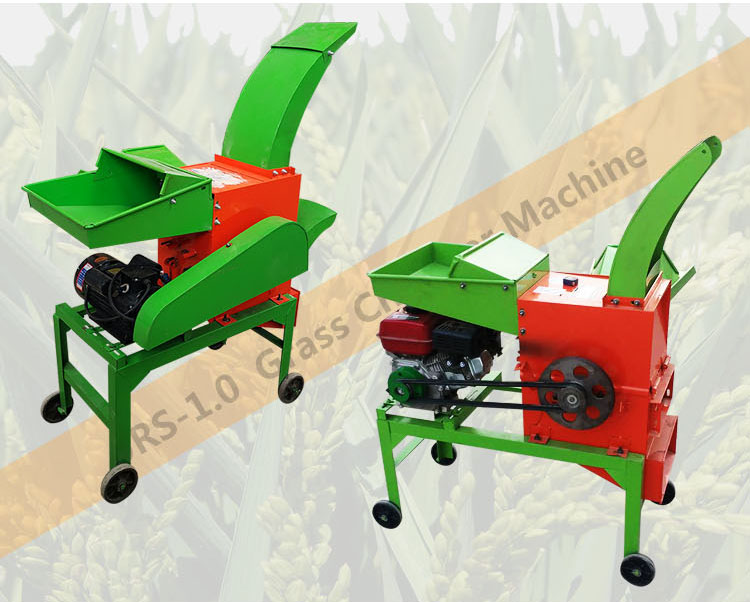Poultry Scalding Tanks for Efficient Processing and Optimal Meat Quality
Sep . 23, 2024 19:25 Back to list
Poultry Scalding Tanks for Efficient Processing and Optimal Meat Quality
The Importance of Scalding Tanks in Poultry Processing
The poultry industry is a vital part of the global food supply chain, providing a significant source of protein for countless households. Among the many processes involved in poultry processing, scalding is a critical stage that affects meat quality, efficiency, and overall product safety. At the heart of this process is the scalding tank, a fundamental piece of equipment in poultry processing facilities.
What is Scalding?
Scalding refers to the process of immersing freshly slaughtered poultry in hot water. This practice is essential for several reasons. Firstly, it helps to loosen feathers, making them easier to remove during the plucking stage. Secondly, scalding affects the skin and meat quality, which can influence consumer preferences and marketability. The temperature and duration of scalding must be carefully controlled to achieve the desired results—typically, temperatures range from 50°C to 65°C (122°F to 149°F) for optimal feather removal while maintaining the integrity of the skin and meat.
The Role of Scalding Tanks
Scalding tanks are specially designed containers that maintain a consistent temperature, allowing for the efficient processing of large quantities of poultry. These tanks can be heated using various methods, including steam, direct fires, or electric heating elements. Their design may vary, but they generally feature adjustable water levels and circulation systems to ensure uniform heat distribution.
One of the primary advantages of using industrial scalding tanks is their efficiency. Modern scalding tanks can accommodate multiple birds simultaneously, significantly reducing processing time compared to traditional methods. The integration of automated systems has further enhanced this efficiency, enabling processors to monitor and control the water temperature and processing time more precisely.
Key Benefits of Proper Scalding
1. Improved Feathers Removal Proper scalding leads to easier feather removal, reducing the labor intensity involved in plucking. This not only speeds up the overall processing time but also enhances the cleanliness of the finished product.
scalding tank poultry

2. Enhanced Meat Quality Scalding plays a vital role in preserving the texture and flavor of the meat. By carefully managing the scalding temperature and duration, processors can minimize damage to the skin and meat, ensuring a high-quality product for consumers.
3. Biosecurity A well-maintained scalding tank can also contribute to biosecurity measures in poultry processing. By using hot water to sanitize the birds, processors can reduce the microbial load on the carcasses, contributing to food safety. Effective scalding can help in controlling pathogens, ultimately leading to safer poultry products.
4. Energy Efficiency Advances in technology have led to the development of more energy-efficient scalding tanks. These innovations not only reduce the cost of operation but also minimize the environmental impact of poultry processing facilities.
Challenges and Considerations
While scalding tanks offer numerous advantages, operators must also be aware of potential challenges. Maintaining consistent water temperatures, avoiding water contamination, and ensuring proper sanitation practices are crucial for optimal performance. Regular maintenance and monitoring of scalding tank systems are essential to prevent downtime and ensure a smooth processing operation.
Additionally, there is a growing emphasis on sustainable practices within the poultry industry. Processors are encouraged to explore alternative scalding methods, such as dry scalding or using organic agents, which may offer benefits in terms of environmental impact and meat quality.
Conclusion
Scalding tanks are indispensable in the poultry processing industry, playing a critical role in feather removal, meat quality, and food safety. As the industry continues to evolve, innovations in scalding technology and practices will likely shape the future of poultry processing, ensuring that it remains efficient, sustainable, and capable of meeting global demands for high-quality protein. Emphasizing optimal scalding practices can lead to significant benefits for processors, consumers, and the environment alike.
-
Automatic Feeding Line System-Pan Feeder Nipple Drinker|Anping County Yize Metal Products Co., Ltd.
NewsJul.29,2025
-
Hot Sale 24 & 18 Door Rabbit Cages - Premium Breeding Solutions
NewsJul.25,2025
-
Automatic Feeding Line System Pan Feeder Nipple Drinker - Anping County Yize Metal Products Co., Ltd.
NewsJul.21,2025
-
Automatic Feeding Line System Pan Feeder Nipple Drinker - Anping County Yize Metal Products Co., Ltd.
NewsJul.21,2025
-
Automatic Feeding Line System - Anping Yize | Precision & Nipple
NewsJul.21,2025
-
Automatic Feeding Line System - Anping Yize | Precision & Nipple
NewsJul.21,2025






